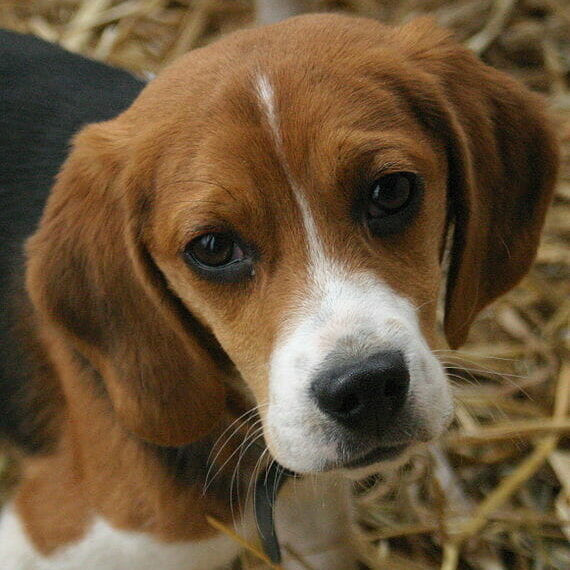
Science says you should look at cute things
We've all got to admit: it's pretty hard to look at adorable images of kittens and puppies and not feel better about life.
We’ve all got to admit: it’s pretty hard to look at adorable images of kittens and puppies and not feel better about life. In Japan, cute things are referred to as “kawaii,” and it’s a culture that’s become increasingly popular around the world. They’re just too adorable not to share. Usually it involves baby animals of some kind, with specific kinds of features like a disproportionately big head and large eyes. You know what I mean. There’s a reason it’s called ‘puppy eyes’ when somebody puts on a look to which you just can’t say no.
But despite the obvious appeal of these images, their actual impact on our behaviour after we view them is still mostly unknown. So a recent Japanese study by Hiroshi Nittono, Michiko Fukushima, Akihiro Yano, and Hiroki Moriya, from Hiroshima University, decided to investigate exactly that. These researchers weren’t being completely random in their interest. In 2009, another study had shown that when volunteers were shown cute images like puppies and kittens, they did better at a task that required coordination—in this case, playing the kid’s game ‘Operation’—than when they were shown less cute photos like dogs and cats.
Nittono and colleagues repeated the 2009 experiment as one of three separate tests they used to measure how looking at cute baby animal photos impacted a person’s performance in a subsequent task. Their study, published in September of this year, showed that the reason people did better in the 2009 study after viewing cute animals was actually because they took longer to do the task. What this means is that looking at the cute images made them take more care with the subsequent activity. But these results were specific to a study involving motor skills. The next step was to look at what happened with a non-motor task.
In the second experiment, not only were some participants shown cute animals and some adult animals, but there was also a third group that were shown enjoyable—but not cute—images, specifically of food. This meant the researchers could discover if the better performance was due to just enjoyable images, or specifically cuteness. After looking at the photos, the volunteers had to do a task that involved searching a large group of numbers for specific ones. They had three minutes to find as many as possible.
What researchers found was that when participants were shown an image of a baby animal, they significantly improved in how they did in the task. Not only that but, the cuter the animal, the better they did. The gender of the volunteer did not impact these results, and looking at the tasty food also had no impact on how they did in the task.
In a third and final experiment, the researchers compared the effect of baby animals with less cute adult animals and neutral objects to see if animals in particular had an impact on performance, even if they weren’t the uber-cute baby ones. The results confirmed that the animals had to be cute in order for them to have an impact on performance. In this case, the images improved a person’s focus, and adult animals just weren’t good enough.
Ultimately, this study shows that not only do cute things make us happier, they can actually improve how we function and perform tasks. They can make us more careful and increase our focus. In fact, the study even suggests that these changes are “beneficial in specific situations, such as driving and office work.”
With exams coming up, this study is especially relevant. Next time you’re having a hard time focusing on your studies or doing a task that requires careful coordination, maybe think about taking a break and visiting a site like cuteoverload.com to get your daily dose of puppies; it just may be the inspiration you need.







